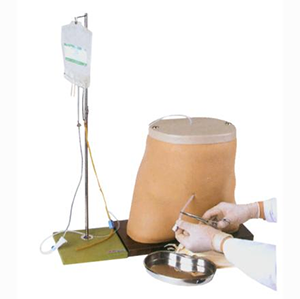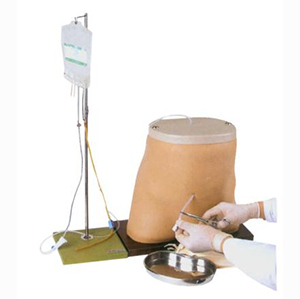ADA MED SUPPLY LIMITED
Phone:+86 19937901373
Tel:+86-0379-65160607
Email:adaanatomy@adaanatomy.com

Article tag: Coated dialysis Model medical clinical model

When discussing the lamination dialysis model, a frequently asked question is: Can it be considered as a substitute for clinical practice? This question touches on the core value and limitations of medical simulation technology in practical applications.
First, let's be clear that as a medical simulation tool, its core value is to provide a safe, repeatable and low-cost learning environment. In this model, medical staff can simulate the real membrane dialysis process, from equipment preparation and patient evaluation to dialysis operations, and even the management of complications, can be fully practiced. This simulation training not only improves the operational skills of the medical staff, but also enhances their confidence and resilience when facing real patients.

However, viewing the laminating-dialysis model as a substitute for clinical practice may oversimplify the relationship between the two. Although the model can highly simulate the real dialysis process, it is still an inanimate simulation system without individual differences. In clinical practice, the situation of patients is very different, and the condition may change at any time, which requires medical staff not only to master solid operational skills, but also to have rich clinical experience and keen judgment.
In addition, it cannot completely replace the communication and emotional exchange between doctors and patients. In the real course of treatment, healthcare professionals need to build a trusting relationship with patients, understand their needs and concerns, and provide personalized care and support. This kind of humanistic care is not provided by the model.
Therefore, we can say that it is an important complement to clinical practice, not a substitute. It improves the operation skills and coping ability of medical staff through simulation training, and lays a solid foundation for clinical practice. However, real clinical practice requires medical staff to use their knowledge, skills and experience to establish effective communication and trust relationships with patients and jointly address the challenges of the disease.
In the future, with the continuous progress of medical technology and the increasing perfection of simulation technology, lamination dialysis models are expected to play a role in more aspects, such as the research and development of new therapies, innovation in teaching and training. But in any case, it will be a powerful aid to clinical practice, not a substitute.